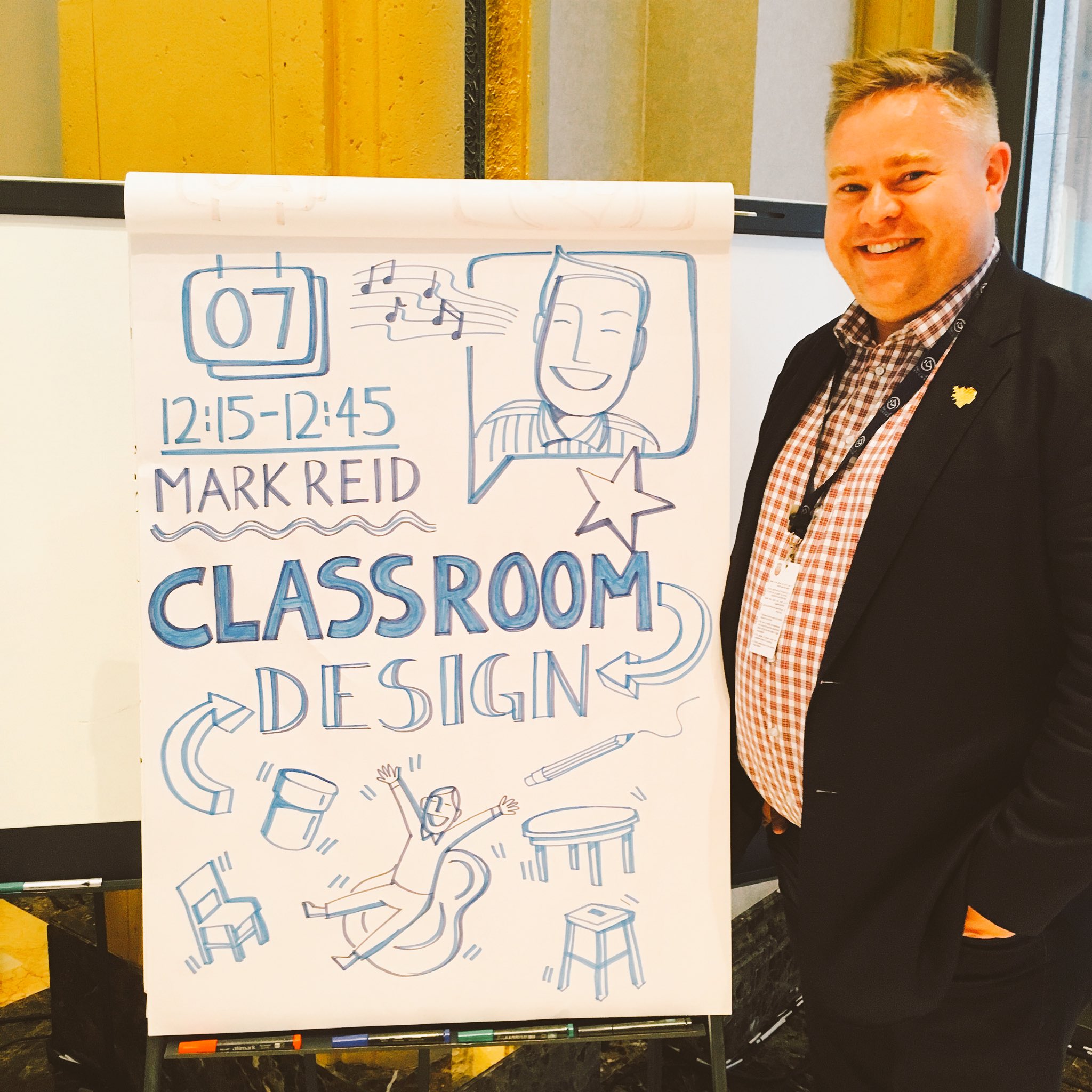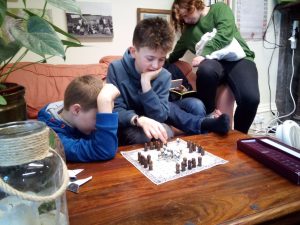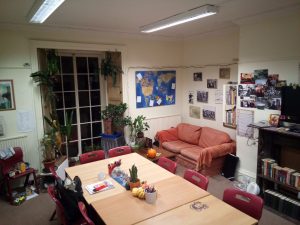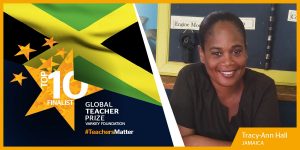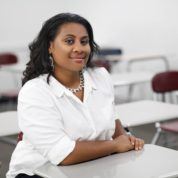
Estella Owoimaha-Church, Contributing Author
Los Angeles, California, USA
 @eochurch
@eochurch
Editor’s Note: When it comes to learning empathy, learner diversity provides opportunity for students to share experiences and build relationships with a broad range of people. As much as high school “isn’t real life”, I’m confident that Estella’s students are coming very close to real lift as they share their learning space with an incredible diversity of peers–students whose identities and experiences include cis-male, cis-female, trans-male, gender non-conforming or non-binary, lesbian, gay, bi or pan sexual, English Language Learners, immigrants, naturalized citizens, biracial, multiethnic, Indian, black or African American, Native American, white, Lantino/a/x, catholic, baptist, jehovah’s witness, hindu, vision impairment, asthma, anxiety, interaction with the justice/correctional system, substance use, chronic absence, learning challenges, and emotional challenges. Please take a moment and re-read that list word for word as you start to peek through the curtain of this social justice-aware learning space.
The space in which I teach is home to the study of both theatre arts and English Language Arts. This post describes and illustrates several of the design elements I’ve crafted and employed in the space.

About Me Wall/Awards
I display family pictures and personal accolades. An entire wall behind my desk is covered with such items. I believe this helps make the kids feel at home and convey to them that I am at home with them. I also believe that, as a member and product of the same community they are from, sharing and displaying accolades helps to model success.
Callboard
Theatre students have a board that features student leader photos, their vision, mission, pillars, their program notes, and other information about the theatre department. This board is important as it reminds young thespians of their responsibilities but also of their accomplishments. Students design/ed the theatre program and production calendar; seeing their vision on the wall is a daily reminder of their goals and their wins.
Color/Posters/Warmth
The room is covered with colorful posters. There is hardly any blank space on the walls. This is to stimulate students while in class. But also, most things on the walls are content related. This serves as nice reminders of important concepts while working. In addition, there are several positive affirmations on the walls. This is just to ensure students see something positive each day, regardless if they read the same poster daily.
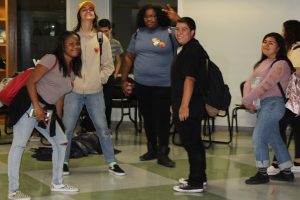 SDG Wall
SDG Wall
Theatre students designed a wall over the summer as a team. Since taking on several global projects, they have come up with a new phrase: “All the world’s a stage so act well your part.” This is a combination of the famous Shakespeare quote and their motto for the International Thespian Society. On this wall there is a large map, the universal declaration of human rights, and the SDG’s. These are great reference points for the students’ art in service projects which must feature an article from the UDHR or an SDG. It is also a visual way for students to catalog their global projects.
Calendars
There are at least 3 calendars around the room. This is to help keep students on track and mindful of important dates. This helps to promote self regulation and positive study habits.
 Student Work
Student Work
Students work is featured on a large bulletin board in the back of the room and along the whiteboard in the front of the room. This is a way to boost students’ confidence as well as model mastery of content.
Student Gifts
One of my favorite things to post around the room are student gifts. Whenever a student travels with family and brings back a trinket or writes a kind note, I make a special place for it in the room. I think there are more of these around the room than there are actual content related posters. To be honest, I just like showing these things off. If I had to think about it, I guess the rationale for doing so is to make kids feel at home and appreciated. Some of my favorite pieces are a hand painted turtle a student brought from Mexico for me and a hand drawn cell phone that a student tricked me into confiscating.
Student Talking Pieces
In our room lives a box of personal items students brought in from home. These items are used during share circles or restorative justice circles. If ever tensions are high and we need to talk, we gather in a circle and the sentiment behind each item is shared. Students are able to add to the talking piece box whenever they feel it’s necessary.
Senior Wall
On this wall, seniors share a master to do list and a collaborative vision board. The quote, “There is enough sunshine for everyone.” lives on this wall. Earlier this year, seniors worked together to create a single vision board that represented each of their aspirations. Every senior has their picture on the wall. This is a visual reminder of where we are all headed and a way to hold one another accountable for our goals.
Collaboration Pods
The room is broken into l shaped pods of four. This helps to facilitate collaboration and allows me to easily pull up a chair for small group instruction.
 The Jar
The Jar
On my desk lives a jar. Kids try to “get in the jar”. Whenever a student says something that is so hilarious, instruction stops and we all laugh, we write it down on a post-it with a timestamp and put in the jar. To be honest, some of them are probably not that funny; several of those you had to be there moments. But, in that moment, to us, it’s pure gold. One time a student was called soft. I can’t remember why that came about but her response was, “I’m not soft. I’m as hard as a raw noodle!” And the space exploded with laughter. It was an awesome moment and we saved it in our jar. If ever we need a laugh or a smile, we can go through the jar.
Department Rules
Our theatre department functions on a few basic rules. These are posted around the room as visual reminders:
- Good people before good actors and techs
- Don’t deny
- Watch each other’s backs
- Make each other look good
These remind thespians that our goal is never to be the star or celebrity. Our mission – as they have designed it – is to build community through quality performances and service. This requires we function as a strong ensemble; no egos and no divas allowed.
Community Contract
English students at the beginning of the year draft their own community contract based on the declaration of human rights. Students create a scroll and each person signs it. Then I transcribe and place in their syllabus. This living document is posted at the very front of the space. This provides students with buy-in on day one of the class and let’s them know that they have a great deal of power in this space; it’s their space, ultimately, and they should work hard to make the best of it.
All in all, pretty traditional, I’d say. For theatre–to be honest–we try to leave the room as much as possible to work. When theatre student move the room around, it disrupts the English students’ routines. Out of respect for them, if drama has a lot of play to do for the day, they will work in an open space that allows for circles.

Estella Owoimaha-Church holds Masters in Language Arts & Literacy and teaches theatre, empowering youth to use art as a service tool. She is passionate about arts advocacy and human rights education; training teachers in these pedagogues. She recently received the CTA GLBT Safety in Schools Grant. Estella, above all, believes in art as a transformative tool to heal communities, build bridges, engender empathy, and cultivate compassionate youth leaders. Estella was a Global Teacher Prize Finalist in 2017.
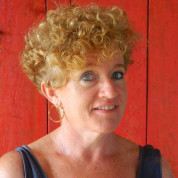
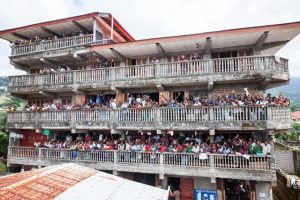
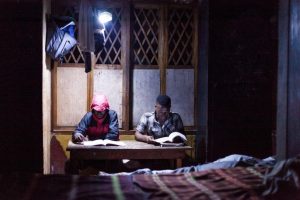

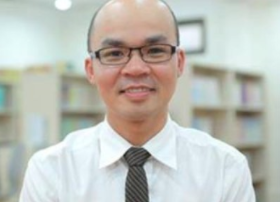
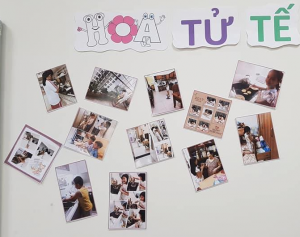

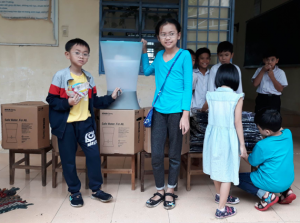 Learning about kindness towards people and the environment is a fundamental aspect of teaching students lessons focused on the
Learning about kindness towards people and the environment is a fundamental aspect of teaching students lessons focused on the 



 SDG Wall
SDG Wall Student Work
Student Work The Jar
The Jar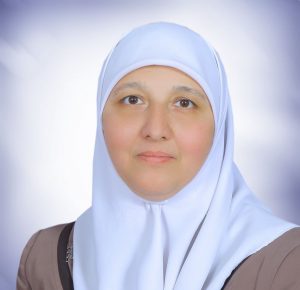
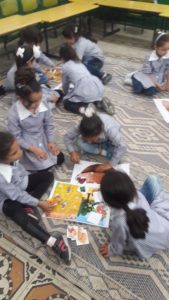
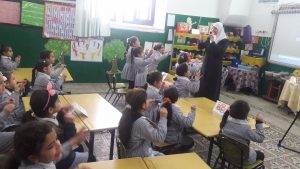 I have implemented an initiative called “children of the day – future leaders” based on planting seeds essential to the students of the first grade who will grow to become global citizens.The flexibility of the learning space supports the teaching methods and learning strategies I teach. This supports cooperative learning, is encouraging critical thinking, and creative thinking. Tables with wheels, a large carpeted space, and natural light all contribute to the students affect toward the learning. This design element is critical to supporting resilient, independent learners.
I have implemented an initiative called “children of the day – future leaders” based on planting seeds essential to the students of the first grade who will grow to become global citizens.The flexibility of the learning space supports the teaching methods and learning strategies I teach. This supports cooperative learning, is encouraging critical thinking, and creative thinking. Tables with wheels, a large carpeted space, and natural light all contribute to the students affect toward the learning. This design element is critical to supporting resilient, independent learners. This is a learning space that produces global citizens. These are students who are cultured and creative, responsible, collaborative, respectful of diversity, champions of justice and peace, are true to their values, and focused on knowledge and skills to make a better life. The design of our space includes opportunities for students to cultivate leadership, something they will someday use to contribute to society.
This is a learning space that produces global citizens. These are students who are cultured and creative, responsible, collaborative, respectful of diversity, champions of justice and peace, are true to their values, and focused on knowledge and skills to make a better life. The design of our space includes opportunities for students to cultivate leadership, something they will someday use to contribute to society.
 I’m a natural science teacher. The concept of Space2Learn really resonates for me as I wanted to go to space – as in outer space – to explore and learn. I applied to NASA’s Educator Astronaut Corps and was in the top 10% of finalists. While I didn’t get to go to space, I have made sure that students get outside of indoor classroom spaces into the local environment.
I’m a natural science teacher. The concept of Space2Learn really resonates for me as I wanted to go to space – as in outer space – to explore and learn. I applied to NASA’s Educator Astronaut Corps and was in the top 10% of finalists. While I didn’t get to go to space, I have made sure that students get outside of indoor classroom spaces into the local environment.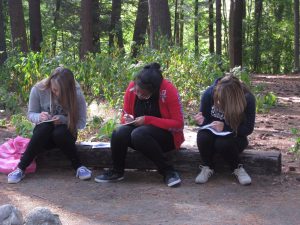 Placing their feet directly on the Earth makes them global students. The student’s learning space is the surrounding air conditions, what’s in the distance and close up, and in the space between students, as they observe and ask questions. All of this, however, has to be grounded with strong content, competency development, and rigorous expectations. Getting your students outside is fantastic, but you have to be highly organized to make it more than a walk in the park. Here’s a strategy to communicate to students and guide your outdoor education work…
Placing their feet directly on the Earth makes them global students. The student’s learning space is the surrounding air conditions, what’s in the distance and close up, and in the space between students, as they observe and ask questions. All of this, however, has to be grounded with strong content, competency development, and rigorous expectations. Getting your students outside is fantastic, but you have to be highly organized to make it more than a walk in the park. Here’s a strategy to communicate to students and guide your outdoor education work… High school science students learn outside. Why not learn science where the science naturally exists? Biology, botany, ecology, environmental science are just some of the topics to explore. I’m inspired to see students engaged in outdoor activities using the strategy above as the conduct cloud observations, tree measurements, biodiversity mapping, soil sampling, specimen collection and more.
High school science students learn outside. Why not learn science where the science naturally exists? Biology, botany, ecology, environmental science are just some of the topics to explore. I’m inspired to see students engaged in outdoor activities using the strategy above as the conduct cloud observations, tree measurements, biodiversity mapping, soil sampling, specimen collection and more.